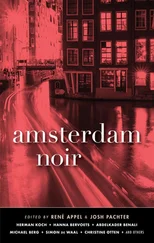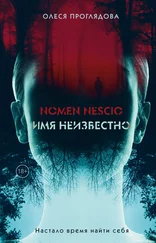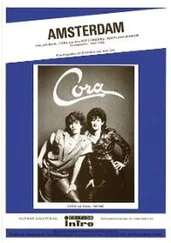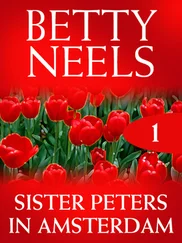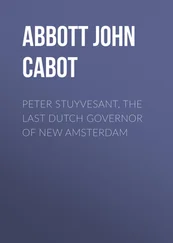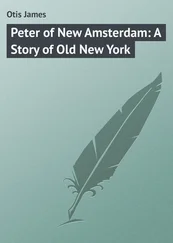It seems extraordinary that Nescio should have any reputation. He wrote very little, and he wrote small. Only four of his stories are of any length—“The Freeloader” (thirty-one pages), “Young Titans” (twenty-eight pages), “Little Poet” (forty-two pages), and “Insula Dei” (twenty-five pages). His standing becomes all the more unlikely when one considers how little time he allocated to sitting down to write. From the dates he appended to his finished work, it appears that his productive composition of fiction was limited to a handful of years scattered between 1909 and 1942, with almost nothing written in the 1920s and 1930s. How many important artists have been such slight practitioners?
Nescio’s work is highly preoccupied with the vexing, tragicomically lopsided proportions of human endeavor. Two of the above-mentioned stories use ironic diminutives, in their Dutch titles, to tenderly cut down to size their protagonists: “Dichtertje” (“Little Poet”) and “Titaantjes” (most naturally rendered, to my ear, by the Scotticism “Wee Titans”). All of Nescio’s writing is framed by the problem of a life’s smallness, and almost all of it is concerned with the grandiose struggle of young men, or men who were once young, against the compulsory dimensions of experience — metaphysical bafflement, the inseparability of desire and suffering, the demands of duty and work and social respectability. Not for nothing, in this context, is the English word plight (a bad situation) related to the Dutch word plicht (duty, obligation):
I sit on the hill and look down into the valley of obligations. It is barren, there is no water, there are no flowers or trees in the valley. A lot of people are milling around, most of them drooping and misshapen and constantly looking down at the ground. Some of them look up every once in a while and then they scream
The Nescio who wrote so gloomily in November 1922 was a forty-year-old who had published a single volume of stories and whose pen name means “I don’t know” in Latin. His public self was a businessman named J.H.F. Grönloh, a paterfamilias responsible for the care and upkeep of a wife and four daughters and in possession of no realistic option but to allow his days and years to be put at the service of the Holland — Bombay Trading Company, an enterprise devoted to the exportation of goods to India. This state of affairs never ceased to amaze and perplex Nescio, and not only because, like many writers, he was given to amazement and perplexity. He came of age when the social and existential predicament of the clerical classes was coming under unprecedented literary scrutiny, not least from the clerks themselves. Nescio (b. 1882) was a contemporary of Franz Kafka (b. 1882) and Robert Walser (b. 1878).
He was the son of an Amsterdam shopkeeper. At a very early age he fell in love with taking walks and as a nine-year-old began to go on solitary outings, making written records of his impressions. (Walking — in and around the margins of Amsterdam and farther afield in the Netherlands — became a passionate lifelong pursuit.) In 1899, the year he graduated from trade school and embarked with neither success nor enthusiasm on a series of minor office jobs, he logged 522 kilometers on foot. Around this time, Nescio fell in with a circle of young men who had in common a horror of the petit bourgeois life and a personal interest in finding an alternative. Nescio was not drawn to the alluring Marxist and anarchist movements of the day; he was, however, much taken with the communal idealism of Frederik van Eeden, the renowned Dutch psychiatrist who founded a short-lived colony in the countryside near Bussum. In 1900, Nescio applied to become a colonist but was unsuccessful; nonetheless, for a few years he and his friends remained actively intrigued by communalism and other possibilities of “getting out.” This did not, unfortunately, eliminate the need to earn a livelihood. As Nescio fictively writes:
Bekker and I had to spend most of our time at the office and do whatever those gentlemen said, and listen to their ridiculous opinions when they talked to each other, and put up with the fact that they thought they were much more clever and capable than we were. And when they thought it was cold then all the windows had to be shut and in winter the lights had to come on much too early and the curtains had to be pulled shut so we couldn’t see the red sky and the twilight in the streets and we had no say in it at all.
Nescio fatefully committed himself to a business career in 1904, got married in 1906, and almost immediately began fathering one child after another. Only subsequently, and one might say consequently, was he driven to produce, in the decade beginning in 1909, his bittersweet accounts of dreaming, scheming young men and their perdition.
His first published story contains his most famous character— the freeloader, Japi, who belongs to a strange human species of incompatibles distinctive for their indisposition to activity and whose varieties might include Melville’s Bartleby, Beckett’s Murphy, and Walser’s “divinely gifted layabout.” The freeloader exists at the edge of a group of impecunious, talkative young men with ambitions to become writers and artists and otherwise “astound” the world. (They would seem to be the exact, if less cerebral, contemporaries of the undergraduate Stephen Dedalus and his fellow collegians. James Joyce was also born in 1882.) The freeloader has no ambitions. He admits, “I’m not a poet and I’m not a nature-lover and I’m not an anarchist. I am, thank God, absolutely nothing.” He passes his time wandering around and sampling the (to him) gratis pleasures of life: the feeling of rain, a slice of cake, a beach, a glass of jenever, a fine pair of yellow shoes. Mysteriously knowledgeable, rarely disagreeable, the freeloader excites friendship and envious curiosity even as he disregards the boundaries authorized by property and propriety:
The freeloader you found lying in your bed with his dirty shoes on when you came home late; the freeloader who smoked your cigars and filled his pipe with your tobacco and burned your coal and peered into your cupboards and borrowed your money and wore out your shoes and took out your coat when he had to go home in the rain.
As Giorgio Agamben has noted, “Each of us has known such creatures … They embody the type of eternal student or swindler who ages badly and who must be left behind in the end, even if it is against our wishes. And yet something about them, an inconclusive gesture, an unforeseen grace, a certain mathematical boldness in judgment and taste, a certain air of nimbleness in their limbs or words — all these features indicate that they belong to a complementary world and allude to a lost citizenship or an inviolable elsewhere.”
This inviolable elsewhere, for Nescio, was the Dutch countryside, to which his characters joyfully resort at every opportunity. Thus the “immortals,” as he nicknames the young protagonists of “Young Titans,” are very often to be found in the dunes, or walking the length of a dike or along the bank of a canal, or on outings to land-locked Rhenen or maritime Veere. These ramblers may be distinguished from that stroller we associate with urban noticing and longing, the flaneur, whose unauthorized investigations suggest to us modern kinds of awareness and feeling. Although Nescio’s immortals are alert metropolitan creatures, connoisseurs of the streets and girls and parks and waterways of Amsterdam, there is something residually archaic about them. When they venture out of the city, they remove themselves to a special space of aliveness. Nescionic aliveness is highly idiosyncratic. His country walkers are rarely detained by botanical or topographical or cultural details but are decidedly susceptible to impressionistic dramas of trees, waters, clouds, and sunlight. Most characteristically, the repetitive, maddeningly untransactional processes of nature — the flowing of rivers, the perpetual rising and setting of the sun — are experienced as ecstatic torments:
Читать дальше
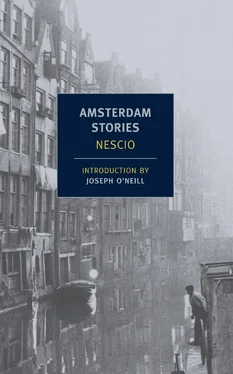
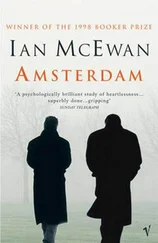

![Олеся Проглядова - Nomen nescio. Имя неизвестно [litres]](/books/391740/olesya-proglyadova-nomen-nescio-imya-neizvestno-lit-thumb.webp)
